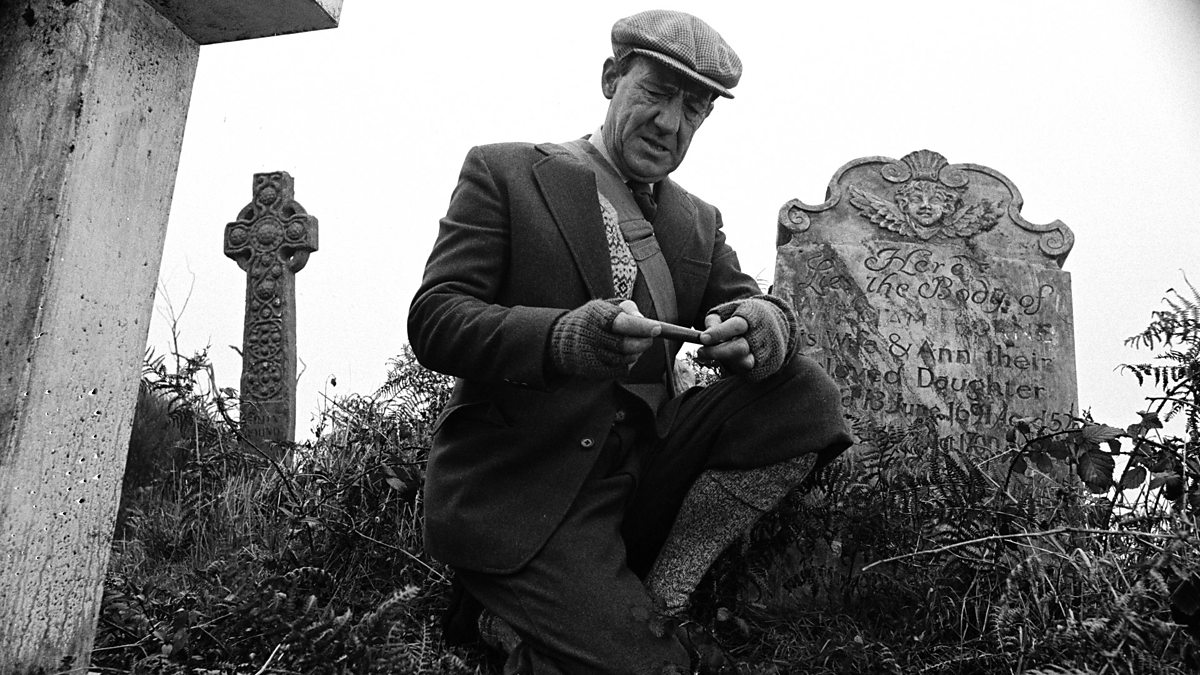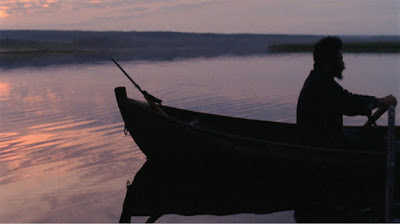The artist shouldn’t be held in reverence. They have their
job, their role in civilisation, to act as a psychological mirror on humankind.
To be able to fill out this role one, more often than others, must be
different. There are clichés about the tortured, mentally unstable artist; it is
an archetype that pervades culture high and low. But it is certainly true that
we look to the artist to bring to us new ways of seeing, to challenge us and
question our assumptions about the world. And, to achieve this, the artist must
hold some different perspective. The artist doesn’t have to be an intellectual,
they do not necessarily need to be right about
their subject matter.
But in the age of celebrity, of manifold scrolling idols,
the artist is needlessly catapulted into stardom. In the age of carefully
constructed avatars, it seems that we must wear our culture, and that that
culture must speak for us. We endorse it or discard it; art is reduced to a
binary good and bad, right and wrong, righteous and problematic. We confuse the
art with the celebrity; they must be
beacons of humanity, they are idols.
Rather than a curated, experiential history of thoughts and emotions, the
gallery becomes a shop; this is good and this is bad, I like this one but not
this one.
Although the free marketplace of ideas, like free markets in
general, lies open to the abuses of power, of unquestionable privileges and
underlying tribalism, we must identify where those abuses of power actually
are. The apparatuses of culture; celebrity, mass media, social networks,
certainly do not help the situation, they complicate it. But these apparatuses
are a permanent fixture in our society. Perhaps we must understand that they
are reflections of consumer wants and needs. It is the individual who ultimately
shapes these apparatuses. It is the individual who interprets the cultural
weather and formulates a response, primarily to meet their own needs of social
assimilation. These apparatuses seek to commodify, to simplify; units of good
and bad. They need stories with good guys, bad guys, and a moral. But the
individual has a power to respond to this, in the free marketplace of ideas, it
is the privileged individual who needs to make that intervention, to expose the
simplifications of global storytelling. In the free marketplace of ideas it isn’t
just knowledge which is power, but it is the ability to spread that knowledge.
In each instance, though, we mustn’t fall back into the
comforts of idolisation, of cults of personality and simplistic ideas of right
and wrong. Each step along the ways requires constant reflection, vast grey
areas, rationalised compassion for fellow humans. Global storytelling wishes to
make gods and demons out of humans, when it is the superstructures that are at
fault. How we orient ourselves towards one another tells us everything.
Similarly, with history, we seek to simplify. We seek to
sanitise and create easy to understand stories. We wish to orient the past to
suit our modern, improved selves. But history is beautiful because it confronts
us with our shame, it tells a complex story which requires constant
reiterations, constant new discoveries, revelations. Again, it falls to the
individual to interpret the past, especially in the built environment. A statue
which once glorified can as much become a statue which represents how far we
have come. The fault lies in our simplification. When confronted with
troublesome pasts, we must respond with thoughts and reflection. How miserable would
life be if our surroundings were so sanitised as to dissuade such thoughts? That
would be the true relinquishment of our individuality, and our abilities to
relate to each other as human beings.














